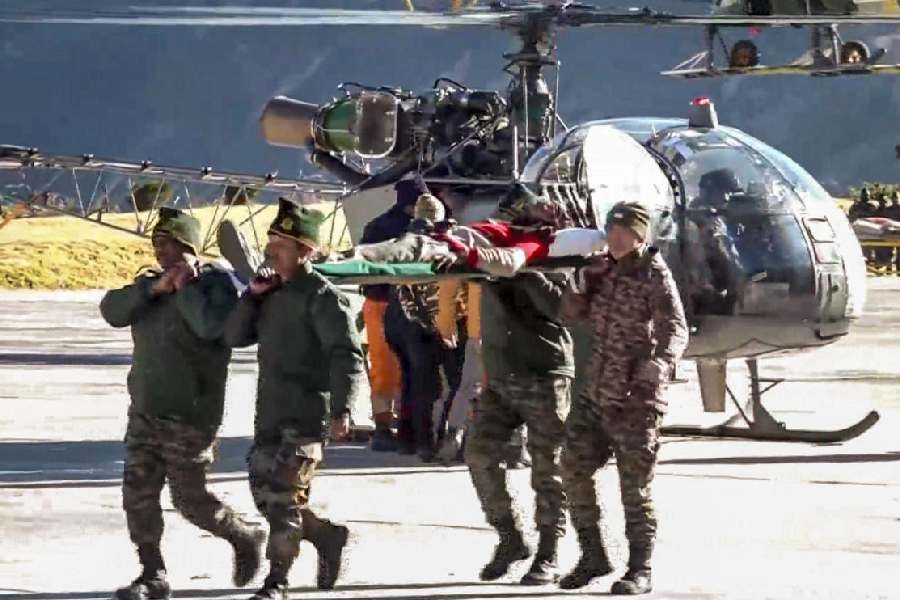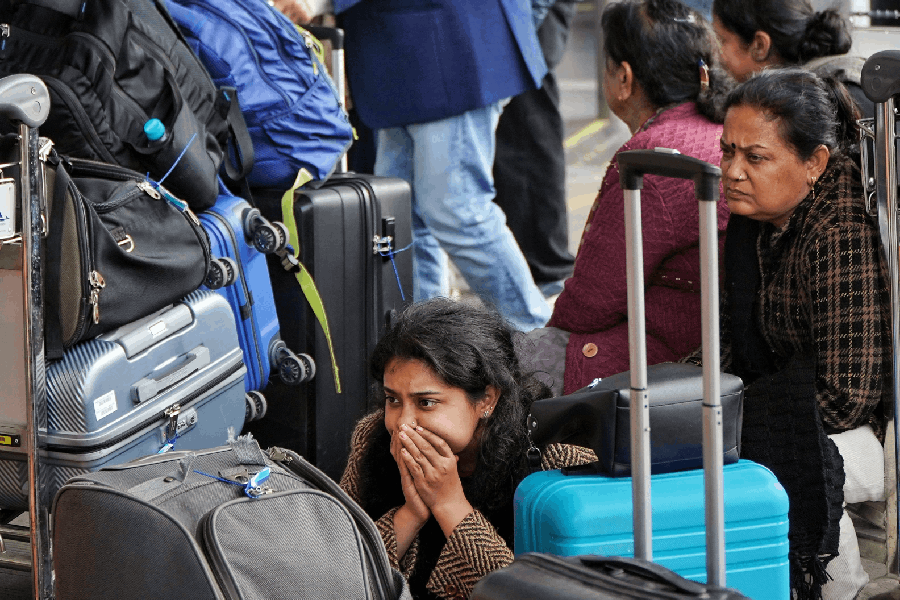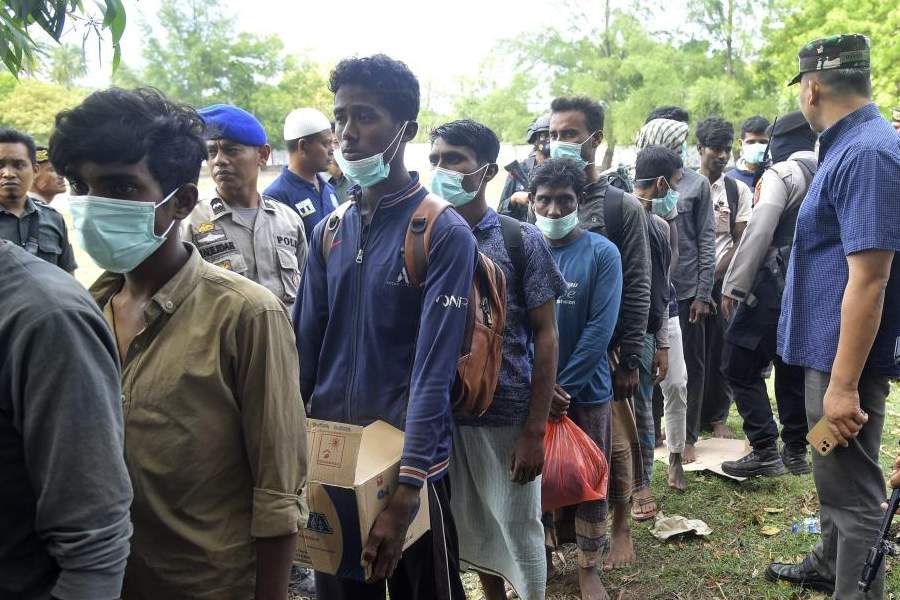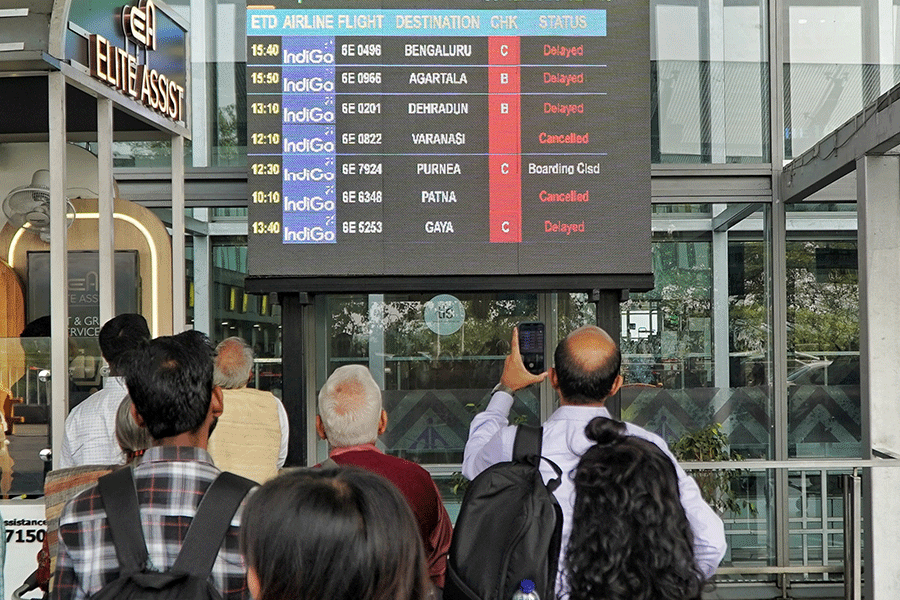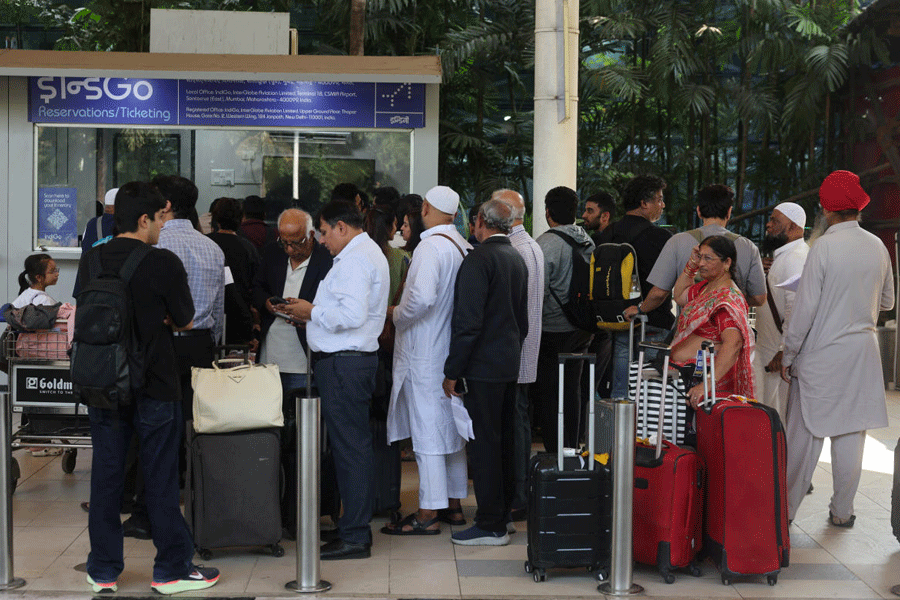The death toll from the Chamoli avalanche rose to eight on Sunday with the recovery of four more bodies.
The Uttarakhand government announced the closure of the rescue operation after the body of Arvind Kumar, the only worker who had not been accounted for, was found. Kumar, from Dehradun, was one of 54 workers deployed on a road-widening project to facilitate pilgrimage to the nearby Badrinath shrine under Prime Minister Narendra Modi’s pet Char Dham Pariyojana, sources said.
A team of experts equipped with victim-locating cameras and thermal imaging cameras had been pressed to find Kumar, Ridhim Aggarwal, inspector-general of the state disaster response force, said.
The state government had initially said 57 labourers had been trapped in Friday morning’s avalanche but corrected itself on Saturday, saying two labourers had been on leave. On Sunday, the government said a third labourer too was on leave, revising the number of avalanche victims to 54.
While the authorities have claimed that rescuers evacuated 47 workers — one of whom later died — local media quoted a worker from Joshimath hospital as saying he was among 23 labourers who had managed to reach Badrinath by themselves after the avalanche.
“It was very difficult to walk in the snow but we stuck together. We noticed a Border Road Organisation (BRO) camp after walking 3-4km,” the worker, who remains unnamed, said.
The BRO remains in overall charge of the road-and-bridge project in the area, being conducted under the Badrinath Master Plan, but had sublet the widening of the Mana-Badrinath road to a private company.
The company had put up eight containers for the workers to stay or take shelter in during heavy snowfall.
Queries
Dharmendra Naithani, a resident of the Mana area where the project was being carried out, told reporters the containers had been placed at a spot that receives heavy snowfall and witnesses frequent avalanches during this season.
“Landslides and snow-slides happen almost every day just below the Nar-Narayan hills. Why were the containers put up near the most sensitive spot?” he said.
“This sort of thing happens when you start a project without thinking things through.”
Local people including the head priest of Badrinath Dham, located 3-4km from the accident spot, said that blowing on conch shells was prohibited in Badrinath because they can trigger avalanches, and asked whether noisy construction machinery should be allowed there.
“We worship the god (Vishnu) by placing the conch shell in front of the idol but blowing on it is prohibited by our management, perhaps for fear that its sound might cause avalanches,” chief priest Bhuwan Chandra Uniyal said.
S.P. Sati, who introduced himself as a local geologist, told reporters: “Mana is the most sensitive area near Badrinath Dham. There is fear of vibration in the snow-covered hills if conch shells are blown or any other high-pitch sound is made. Human activities were negligible in Mana in the past but have increased in recent years. Construction with heavy equipment should be avoided there.”
No inquiry has been ordered yet into why the workers had not been evacuated despite the India Meteorological Department, Dehradun, having issued an orange alert about heavy snowfall in Chamoli and declaring the Mana area as the most sensitive.
The Defence Geoinformatics Research Establishment in Chandigarh too had issued a 24-hour avalanche warning at 5pm on Thursday, PTIhas reported.
Chief minister Pushkar Singh Dhami said the weather had improved on Sunday but the meteorological department had forecast heavy snowfall for Monday.

